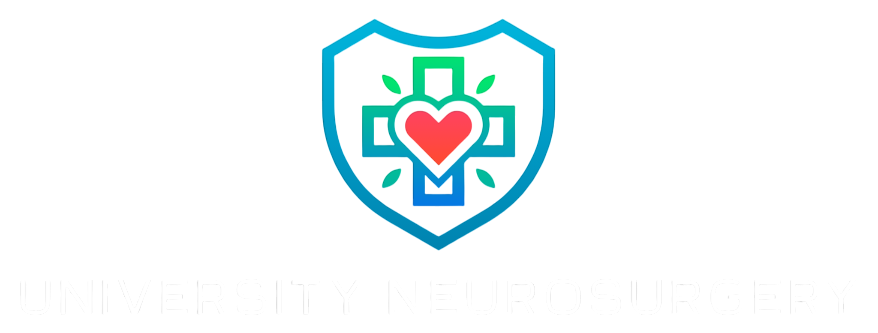
The human being is able to perceive low sounds and high pitched sounds. Low sounds are characterized by low frequencies while high sounds are characterized by high frequencies.
When the frequency of a sound exceeds 20,000 cycles per second it is no longer audible to the human ear. Above this frequency we speak of ultrasound .
Ultrasounds are therefore sound waves, inaudible to humans, which can be used in medicine for the particular effects they can have on the human body. In this discussion we will talk exclusively about the applications in physiotherapy, ultrasound therapy, even if the applications range in other medical fields such as the dental one, where ultrasounds are used to remove tartar, or the diagnostic one, with the use of ultrasound in devices. diagnostics such as ultrasound and doppler ultrasound in Hackettstown.
Ultrasound as a form of therapy has a long history. The first application of ultrasound as a form of therapy dates back to 1938 in Zurich where a woman was treated favorably for sciatica.
How ultrasound works
Ultrasound therapy devices consist of a head, generally metallic, to which a transducer is connected. A transducer is a device that transforms electric current into a vibration . By feeding the transducer with a suitably generated current, an ultrasonic frequency vibration will be formed which, by means of the head, can be used to carry out treatments in the desired body areas. The ultrasound vibration used mostly in physiotherapy has a frequency of one million cycles per second and allows for a therapeutic effect that is also expressed at a depth of 3-4 centimeters.
The heads that deliver at a frequency of three million cycles per second, on the other hand, exert a more superficial effect, finding application particularly in aesthetic medicine to treat cellulite here. Application power ranges from zero to three Watts for every square inch of head.
The main applications of ultrasound that have been reported to have clinical value include the
reduction of muscle spasms;
contracture treatment;
relief and healing of sports trauma injuries;
pain reduction;
greater extensibility
treatment of contractures for collagen tissue (scar tissue) and connective tissues;
heating of joint structures;
treatment to improve limited joint movement
decrease in joint stiffness
arthritis, periarthritis and bursitis;
healing of wounds and varicose ulcers.
The application of ultrasound therapy is increasingly used to improve fracture healing . The sound waves produced are believed to put bone and surrounding tissue under microstress and stretch, promoting healing.






